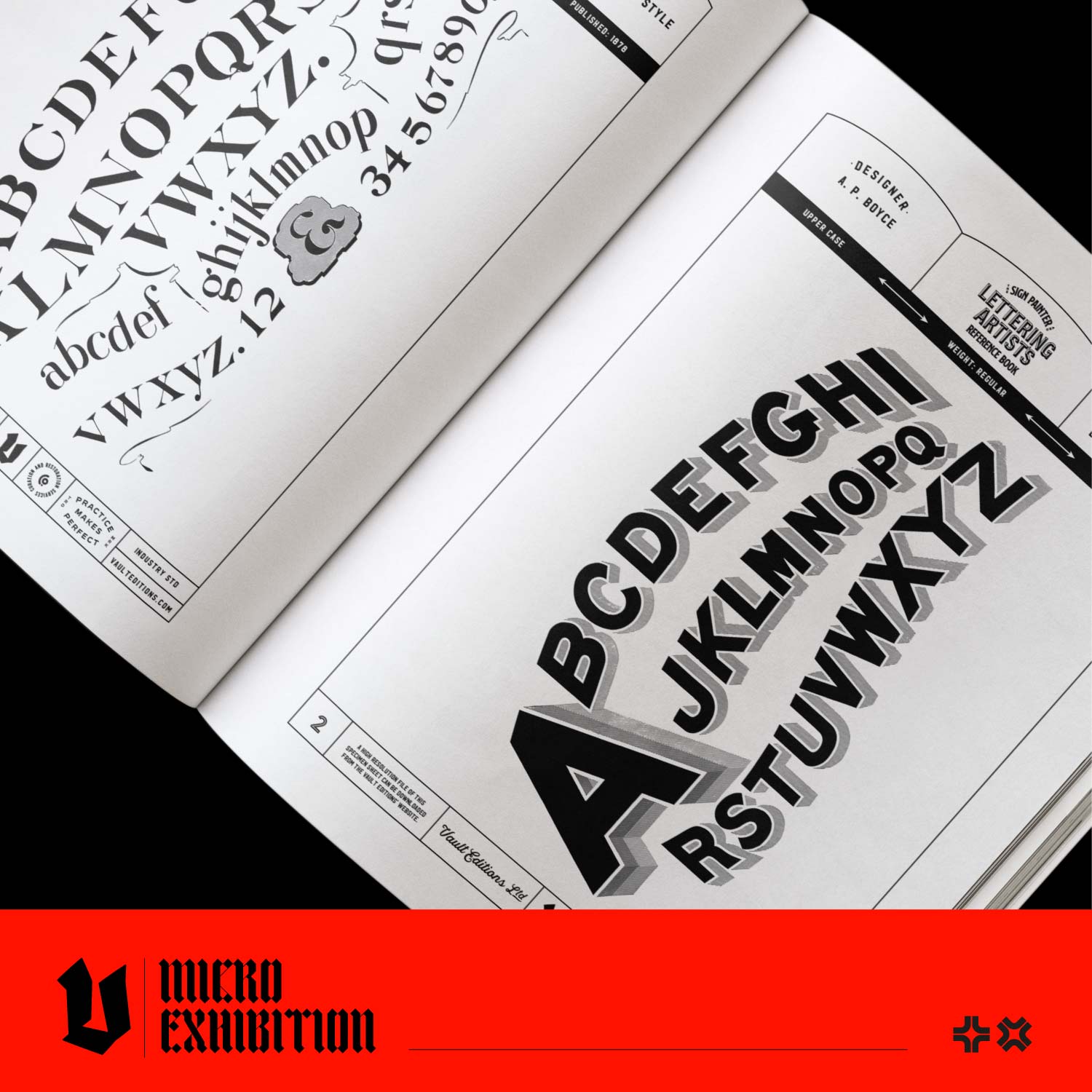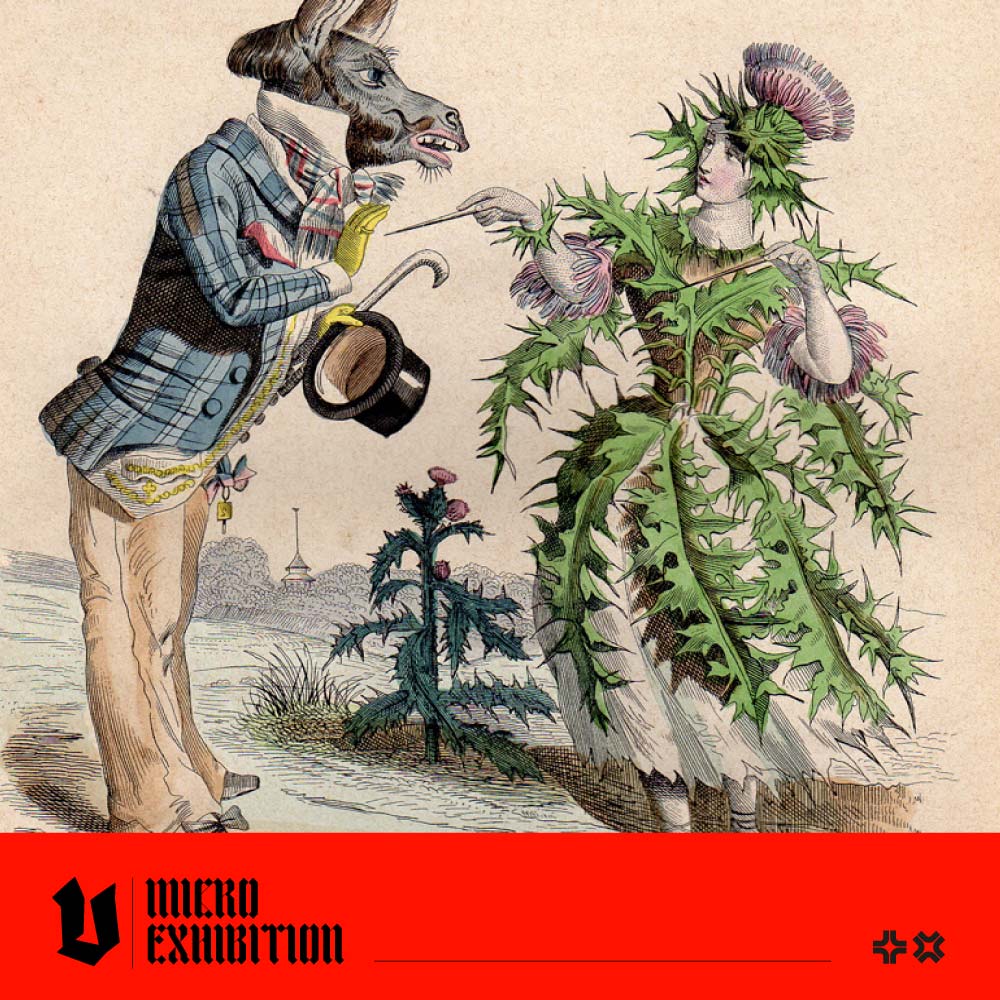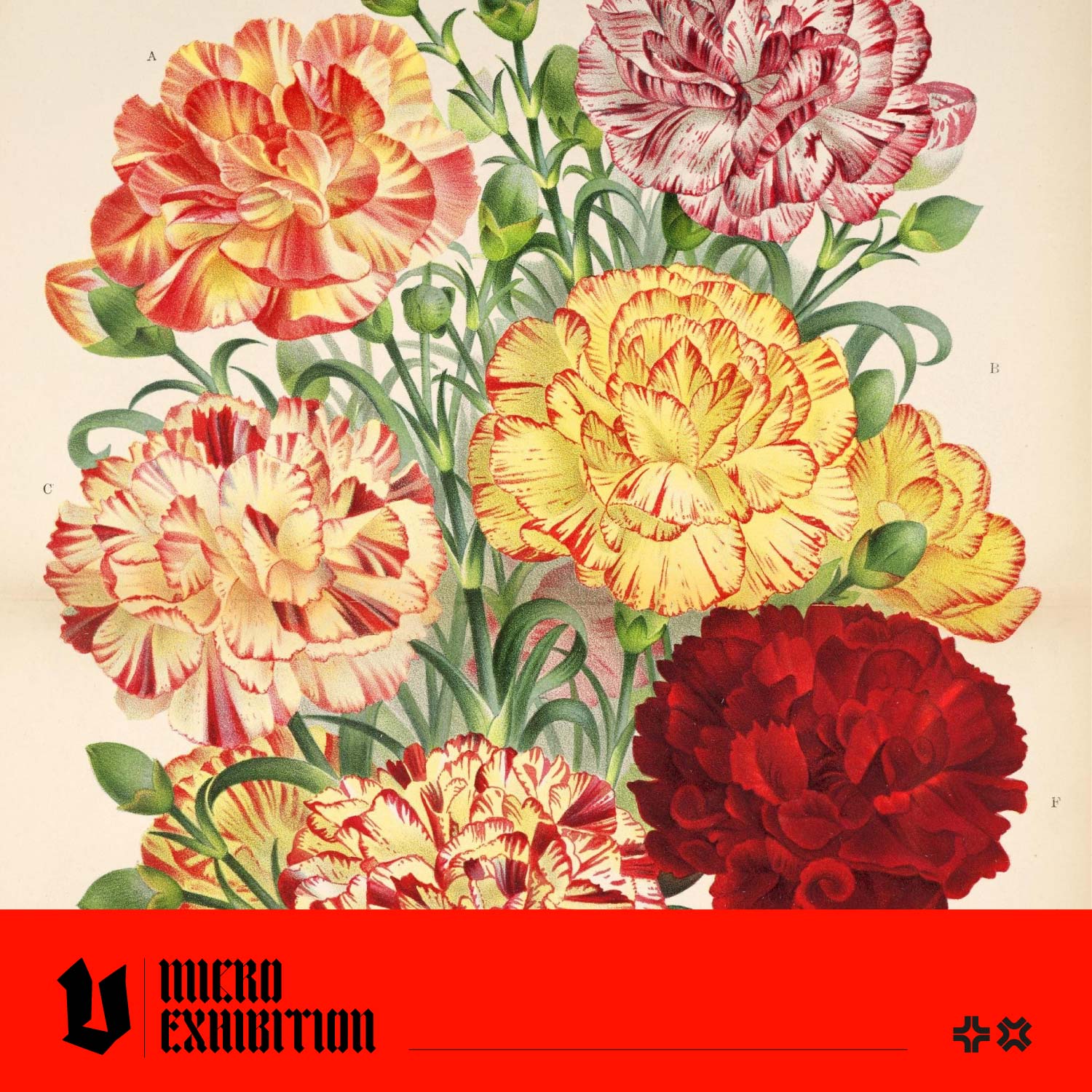The importance of well-crafted imagery in tattoo artistry, graphic design, and illustration is undisputed. However, a critical component that often gets overlooked by even the most skilled artists is typography and lettering. Understanding and incorporating high-quality typography can elevate your work to new heights, offering more comprehensive, visually engaging, and professional results. Discover why a lack of focus on typography and lettering might be holding back your work from being the best it could be.
1. Enhancing Visual Harmony and Balance
Typography isn't just about selecting a font; it's about creating harmony between text and imagery. In tattoo art, for example, poorly chosen or improperly placed text can undermine a beautifully illustrated design. The same applies to graphic design and illustration. Well-crafted typography ensures that your text complements your visuals, enhancing the overall aesthetic and achieving a balanced composition. This harmony improves readability and creates a more polished and professional look.
2. Conveying Emotion and Tone
The right typography can convey emotions and set the tone for your piece. Different typefaces evoke different feelings—serif fonts can exude tradition and reliability, while sans-serif fonts often feel modern and clean. For tattoo artists, choosing the right lettering style can enhance the emotional impact of a design, whether it's a memorial piece or a bold statement. Graphic designers and illustrators can leverage typography to reinforce the narrative and mood of their work, making their designs more impactful and memorable.

Excerpt from The Sign Painter and Lettering Artist's Reference Book of Alphabets and Ornaments
3. Strengthening Brand Identity
Typography is a cornerstone of brand identity for graphic designers working on branding projects. A suitable typeface can distinguish a brand, making it instantly recognisable and conveying its values and personality. Illustrators and tattoo artists, too, can benefit from developing a signature style in their lettering, which can become a hallmark of their work and attract clients who appreciate their unique aesthetic.
4. Improving Communication
At its core, the primary purpose of text is to communicate. No matter how stunning your visuals are, the message can be lost if the text is difficult to read or visually unappealing. Good typography ensures that your audience receives the intended message clearly and effectively. For tattoo artists, this means clients leave with tattoos they love, free from misinterpretations or readability issues. Clear communication through effective typography can enhance user experience and engagement for graphic designers and illustrators.

Excerpt from the Blackletter and Old English Lettering Reference Book
5. Demonstrating Professionalism and Attention to Detail
Clients and peers often judge the quality of work by the attention to detail. Sloppy or mismatched typography can give the impression of unprofessionalism and carelessness, regardless of how skilled the illustrations or designs might be. Mastering typography shows you care about every aspect of your work, demonstrating high professionalism and dedication to your craft.
6. Expanding Creative Horizons
Exploring typography can also expand your creative horizons. Understanding different typographic styles, their histories, and applications can inspire new ideas and approaches in your work. Experimenting with various lettering styles for tattoo artists can create innovative designs that set your work apart. For graphic designers and illustrators, it can open up new avenues for creativity, allowing you to experiment with the interplay between text and imagery in exciting ways.
Excerpt from the
Practical Steps to Improve Your Typography Skills
- Study Typography Basics: Learn about different typefaces, their classifications, and the principles of good typography, such as hierarchy, spacing, and alignment.
- Analyse Existing Work: Look at the work of other artists, designers, and typographers. Please pay attention to how they use type to complement their visuals.
- Practice: Experiment with different typefaces and lettering styles in your projects. Practice hand lettering to develop a feel for the flow and form of letters.
- Get Feedback: Don't hesitate to seek feedback from peers or clients. Constructive criticism can help you identify areas for improvement and refine your skills.
- Use Resources: Read books, take online courses, and watch tutorials dedicated to typography and lettering to develop your knowledge and skills continually.

Excerpt from The Sign Painter and Lettering Artist's Reference Book of Alphabets and Ornaments
By prioritising typography and lettering, you can enhance the overall quality of your work, ensuring that your designs are visually appealing and effectively communicate your intended message. Elevate your art by integrating thoughtful, well-crafted typography, and watch your work transform into something truly exceptional.

Excerpt from the Blackletter and Old English Lettering Reference Book
Interested in Learning More?
Vault Editions' range of inspirational and instructional lettering reference books is a treasure trove for artists and designers looking to develop their knowledge of typography. Grab a copy today, and take your artwork to the next level! 







